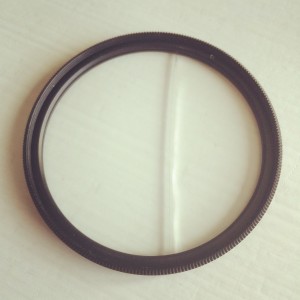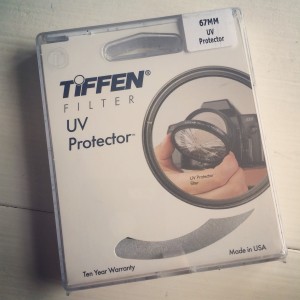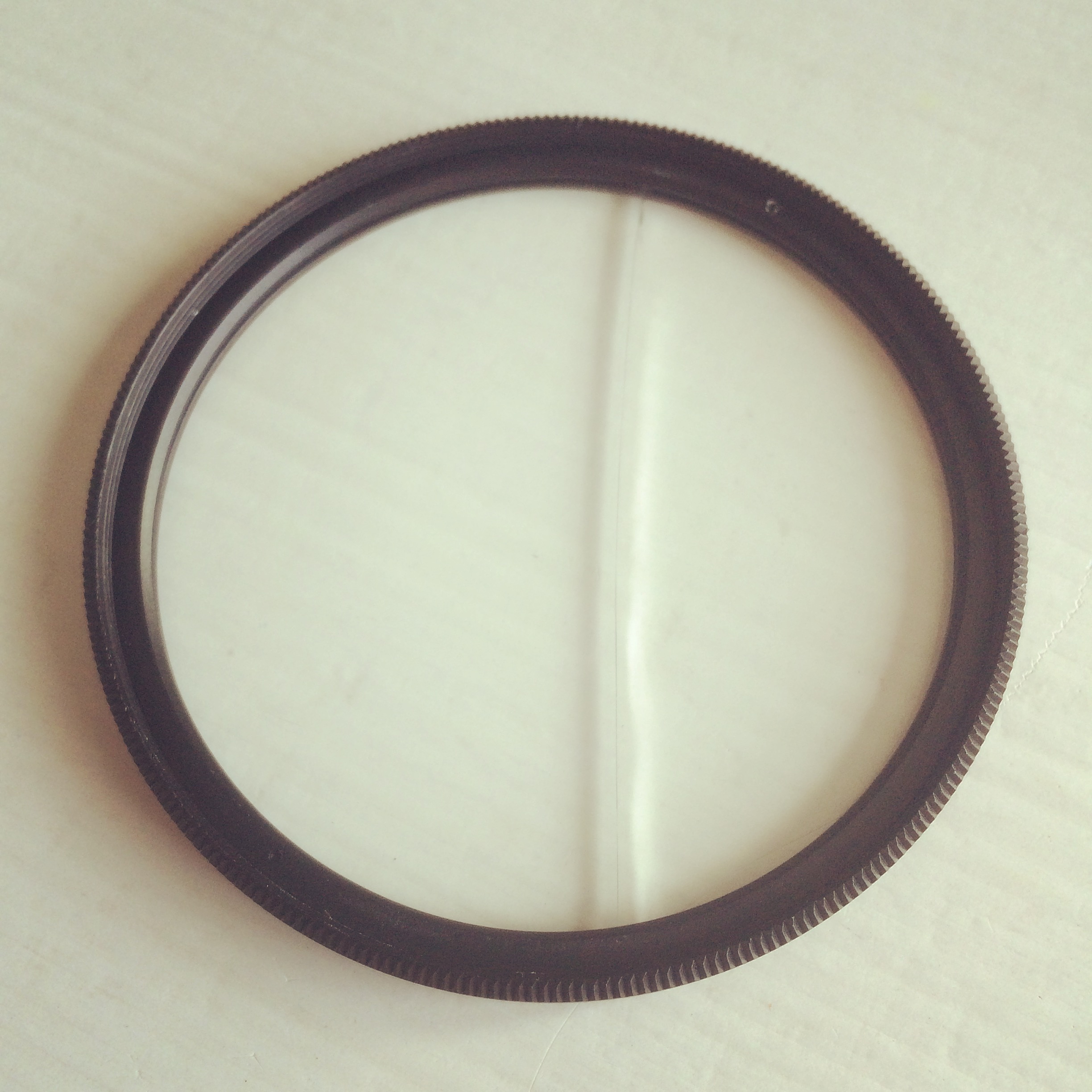Last weekend as I set out to shoot my Share Six series for the Tasty…Yum! theme, I did something totally unexpected, unthinkable, and disappointing.
I dropped my macro. The whole story is in the above link, or if you follow on Instagram, you’re already in the loop.
I’ve never dropped a lens or a piece of equipment in my life before and we’re not counting the time that the wind blew over one of my umbrellas set up as part of an outdoor photo booth or that drunk guest who ripped down a speedlite on a tripod at a reception. I have worked hard for every penny earned and spent towards my gear. I’ve worked multiple jobs, side jobs, and saved like crazy to be able to buy the equipment that I have. I cherish it – it’s worth far more to me than just the money spent on it.
So when it finally happened to me (dropping a lens… as I assumed it was inevitable at some point in my career) I expected to feel a lot differently than I did. I expected to feel horrified, devastated, … I expected my heart to jump completely into my throat followed by a good frustrated cry and a hissy-fit of yelling at myself.
None of that happened. I just sat down on the floor, took off the lens cap, and said ‘oh’ in a very plain way when I saw that the glass was cracked. My heart rate stayed down, I was calm and logical, and there was zero panic. It was all so strange. I remember thinking to myself as I unscrewed my lens filter, ‘why am I not more upset/scared/mad/anxious?’
It’s because I use a lens filter. I knew that the fall hadn’t been that hard (it was a surprisingly short fall without much force and onto a carpeted floor) so I was only mildly concerned about the mechanics of the lens. It’s been completely drilled into my brain since my first photography course in college to nevereverevereverEVER use a lens without a filter on the end of it. Pick any one you’d like, but PROTECT YOUR GLASS… and also your ass (…shhh).
You can get lens filters that pretty much do ANYTHING and when I worked in film, I had quite the assortment for various things – it’s kind of like Instagram… for your lens. I prefer Tiffen, but it’s just my personal preference and what I’ve always used. I’ve had a couple of Sunpak filters over time, but the choice is yours.
There’s conflicting advise out there when it comes to how much to spend on a filter. I’ve read the logic “you spent a lot on your lens, so why protect it with something that only costs a few dollars” but I’m not sure I’m on board with it. Either way, filters don’t cost a lot in the grand scheme of things – they range in price from about $7 up to $40 for each lens.
 I don’t buy based on price – Tiffen is just my brand-of-choice and theirs cost somewhere in the mid range – I pay about $15 to $20 per filter and I’m really satisfied with their product – price, packaging – and performance. I use the UV filters (again, a personal choice) because I prefer to do all my processing on the computer (warming, saturation, contract, etc.) … especially because I shoot in RAW.
I don’t buy based on price – Tiffen is just my brand-of-choice and theirs cost somewhere in the mid range – I pay about $15 to $20 per filter and I’m really satisfied with their product – price, packaging – and performance. I use the UV filters (again, a personal choice) because I prefer to do all my processing on the computer (warming, saturation, contract, etc.) … especially because I shoot in RAW.
I shared both of these images on Instagram – the cracked glass filter and the replacement that literally arrived the next morning though I paid ZERO dollars in shipping… that’s Amazon Prime for you when you live in a city. My lens went unprotected for one evening – a couple of shots for my Share Six – and was safely filtered again in the morning.
So what’s the point? Well, if you’re not using a filter to change the appearance or look of your images (I’m not…) then why should you have one? Because without a filter on my lens when it fell that short distance onto carpet (can you imagine something worse) my lens would have shattered or cracked. They’re not made to withstand force like that.
Adding the filter onto the end of my lens (every lens is threaded for a filter) I’m making this inexpensive piece of glass the most susceptible part of the lens – to force or pressure, dust, sand, scratches, rain… ANYTHING. It’s not just meant to be the first thing to shatter in the event of a drop (although it does do this), it’s also meant to protect your expensive glass from the elements and to expand it’s lifespan. It’s much easier to clean and replace a filter than it costs to send your lens in to be serviced… or even replaced.
So check your lenses! Look for the little circle with a line through it – it’s next to the other pertinent information on your lenses, usually. Next to it will be a number – this is the size filter you need. A 50mm filter won’t take a 50mm filter,- the focal length of the lens isn’t the diameter of the lens. My 100mm Canon Marco takes a 67mm filter so be sure to check before purchasing.
Lens filters will save you a lot of money in the long run, extend the life of your lens, and eliminate (most of) your panic when you drop a lens. Does this mean your glass will never break if you use a lens filter and drop it? Of course not, but you are adding one extra level of protection to your gear – something you should always be taking precautions on.
I checked out my macro after the fall and there was no other damage done. The lens works great, the focusing is still spot-on, and I don’t need to send it in to be serviced. All of my gear is insured (yours should be, too!) so I feel comfortable knowing I’m doing everything in my power to protect myself, my equipment, and my career, but adding on that little lens filter just makes me feel so much more secure.
casey and her camera is an Indianapolis Family Photographer specializing in family, couple, lifestyle, senior, and wedding photography for Indianapolis, Indiana and the surrounding areas.
Share this:
Indianapolis Family Photographer | For Photographers Friday | Lens Filters
Apr 10, 2015

His is great info!